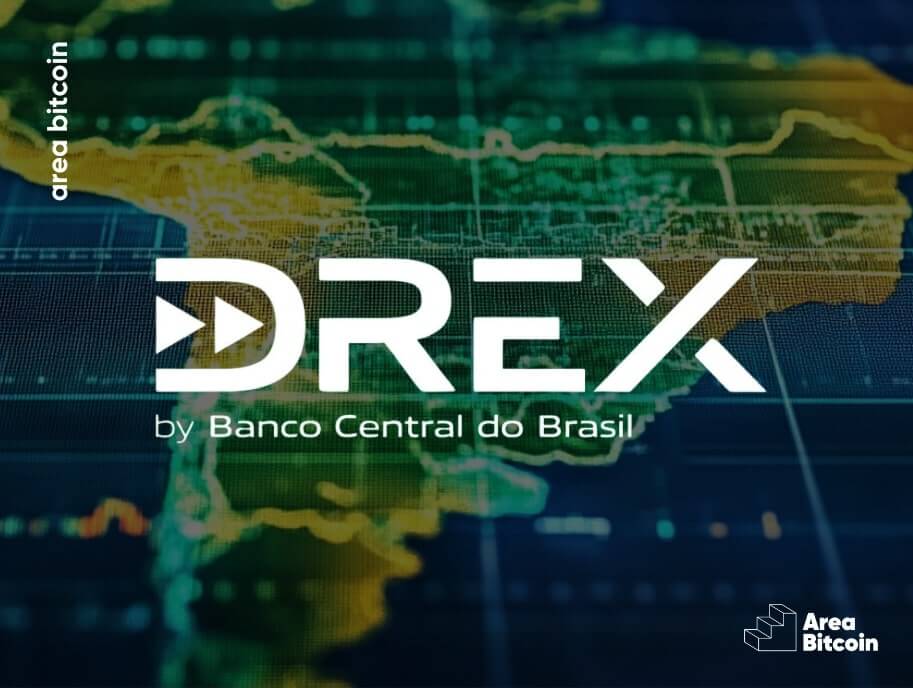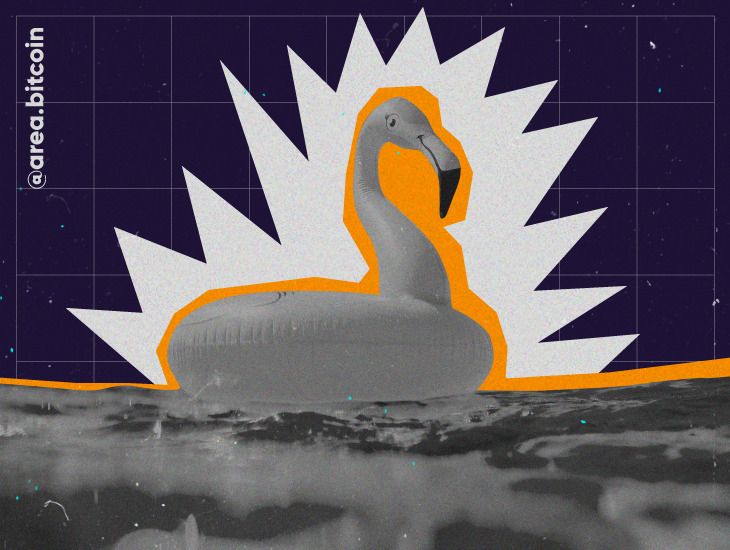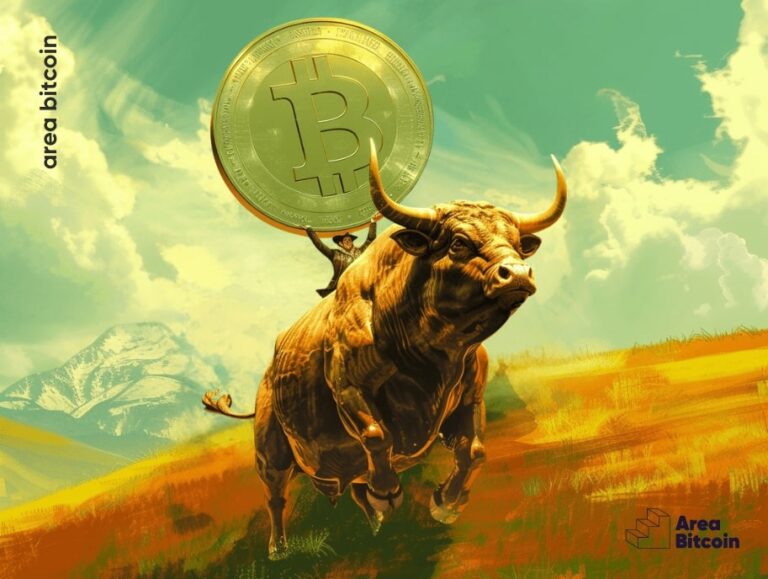In this article, we will explore the impact of the Cantillon Effect, a theory that reveals how money creation and proximity to power influence the distribution of wealth.
Additionally, we will examine how the excess or scarcity of money affects its value and how this contributes to economic disparity.
Discover the deep roots of economic inequality in our current system and prepare yourself to unravel the mystery of the Cantillon Effect and understand its relevance today.
Richard Cantillon and the Cantillon Effect
Did you know that poverty and inequality are conditions of the current economic and financial system?
This is because the primary cause of population impoverishment is the way money is created.
This theory is not new, as it was described in 1730 by a writer named Richard Cantillon. Nearly 300 years have passed, and there is still very little discussion about the events he described. In the 18th century, Richard Cantillon demonstrated that the closer you are to the king, the more you benefit from newly created money and become richer.
On the other hand, the farther away from the king you were, the more you would suffer from the state’s creation of new money, and the poorer you would become over time due to inflation. Yes, in 1730, inflation already existed!
This is because every creation of new money results in an increase in the amount of money in circulation. The law of supply and demand also applies to money. Therefore, anything in excess devalues, becomes cheaper, if demand remains the same. And everything that is scarce, rare, tends to appreciate if demand continues to exist.
Nowadays, there are no more kings, but the effects are still the same.
How does the Cantillon Effect work?
When the Central Bank creates new notes – or generates more money digitally – and sends them to commercial banks, there is an increase in the amount of money in circulation. As the demand for money is constant, this creation of new money tends to dilute the value of the existing currency.
However, the consequence of this is that the introduction of more money into the economy causes inflation, currency devaluation, and price increases.
The inflationary effects resulting from the unlimited creation of money are not immediate, taking months or years to manifest. Therefore, when people further away from the issuing source receive the newly created money, it is already devalued, the prices of goods have already increased, and the inflationary process has already occurred.
Who benefits from this effect?
The photo below shows very well what the Cantillon Effect is like.

So, as you can see:
- Central Banks create money and distribute it to banks and financial institutions.
- The financial sector (corporations and funds) uses the newly issued money to acquire assets, securities, funds, and stocks with a currency that has not yet been affected by inflation, that is, that has not yet depreciated.
- Afterward, the money goes to executives and shareholders, through dividends or bonuses.
- And then, it is used to pay workers and consumers.
As the money is used and spent, the inflationary process is triggered, affecting all products, goods, and services. Thus, the assets acquired at the beginning of the chain, before the inflationary effect, also end up appreciating.
Financial institutions
That’s why financial institutions disproportionately benefit from this system, as they can acquire more goods, services, and assets at relatively lower prices. This results in a double gain:
- By buying cheaper assets;
- By price increases when inflation occurs.
In this way, they never lose!
Workers and people distant from the issuing body
When the money reaches workers and people who are further away from the issuing body, the opposite happens.
In this case, inflation is already underway, and there is no time to protect oneself. That is, the salary can no longer buy the same products as before.
That’s why the poorest people are the most affected by inflation and economic problems. Therefore, those who do not own assets and only save money suffer even more from the loss of purchasing power over time.
In the end, social programs alleviate but do not solve this discrepancy caused by the Cantillon Effect and propagated by Central Banks and financial institutions.
What is the effect of this on the economy?
The effect of all this can be observed in the graphs.
In the graph below, we can observe that when we combine all the money issuances by Central Banks around the world, it fits perfectly into a graph of the American stock market.
It’s the Cantillon Effect materialized before our eyes.
Central Banks issue money, pass it on to banks all over the world, and these banks buy assets and securities on the American stock exchange.
The overlap of these graphs clearly shows the injection of money that Central Banks are putting into the stock market.

In this other graph below, for example, we can observe that the number of hours a person needs to work to buy shares in the American stock market has been increasing over the years.
That is, it is necessary to work more and more to acquire the same S&P 500 share. This highlights the effect of inflation on financial assets, specifically on American stock papers.

Financial Sector
This whole process ends up benefiting the financial sector, which is the sector that has grown the most in recent years compared to the rest of the economy and is the one that grows the most during crises, precisely because inflation increases.
Therefore, just as products in supermarkets also increase in price in an inflationary process, assets are financial products that also appreciate with inflation. Therefore, those who benefit the most during this process are those who have more assets, that is, the financial sector.

This only shows how much money is NOT NEUTRAL.
While we observe the growing income inequality over the last three decades, the monetary policies of Central Banks feed a series of asset price bubbles. We have already witnessed the internet bubble, the housing bubble during the 2008 crisis, and the pandemic crisis in 2022, in which a new bubble in the technology stock market was observed.
That’s why, if we don’t change the way money is created, the system will continue to increase inequality and perpetuate all the social problems caused by this economic injustice.
In the end, the Cantillon Effect, inflation, and inequality benefit and will always benefit those at the top of the current financial system.
But how can Bitcoin change this?
Bitcoin takes away from Central Banks and interest groups the power to create money out of thin air, unlimitedly and arbitrarily.
And this is revolutionary.
Bitcoin has a finite number of units, no more Bitcoins can be created than what is programmed. It is decentralized, it has no owner, therefore, there is no possibility of a group or a Central Bank taking control and manipulating monetary policy as they see fit.
Furthermore, Bitcoin gives you full ownership of your wealth.
Thus, as long as you own your private keys, no one can confiscate or prevent you from using your Bitcoins. It is the most peaceful way to adopt a financial system and a new, more transparent, fair, and corruption-resistant economy.
In summary
Governments around the world create social programs to solve the problems they themselves generate. Although these social programs help many people, they are palliative, treating only the symptoms and not the
causes of inequality. With time and the persistence of these exclusionary monetary policies, more and more people will become dependent on government assistance.
It is useless to create CBDC (Central Bank Digital Currency) to improve and monitor payment methods if the currency continues to be fragile, manipulable, and susceptible to corruption. The only way to escape this financial matrix is to adopt Bitcoin.
Share on your social networks:
Area Bitcoin is an educational Bitcoin school that aims to accelerate the financial and intellectual sovereignty of all individuals.
Did you like this article? Consider buying us a cup of coffee so that we can keep writing new content! ☕







